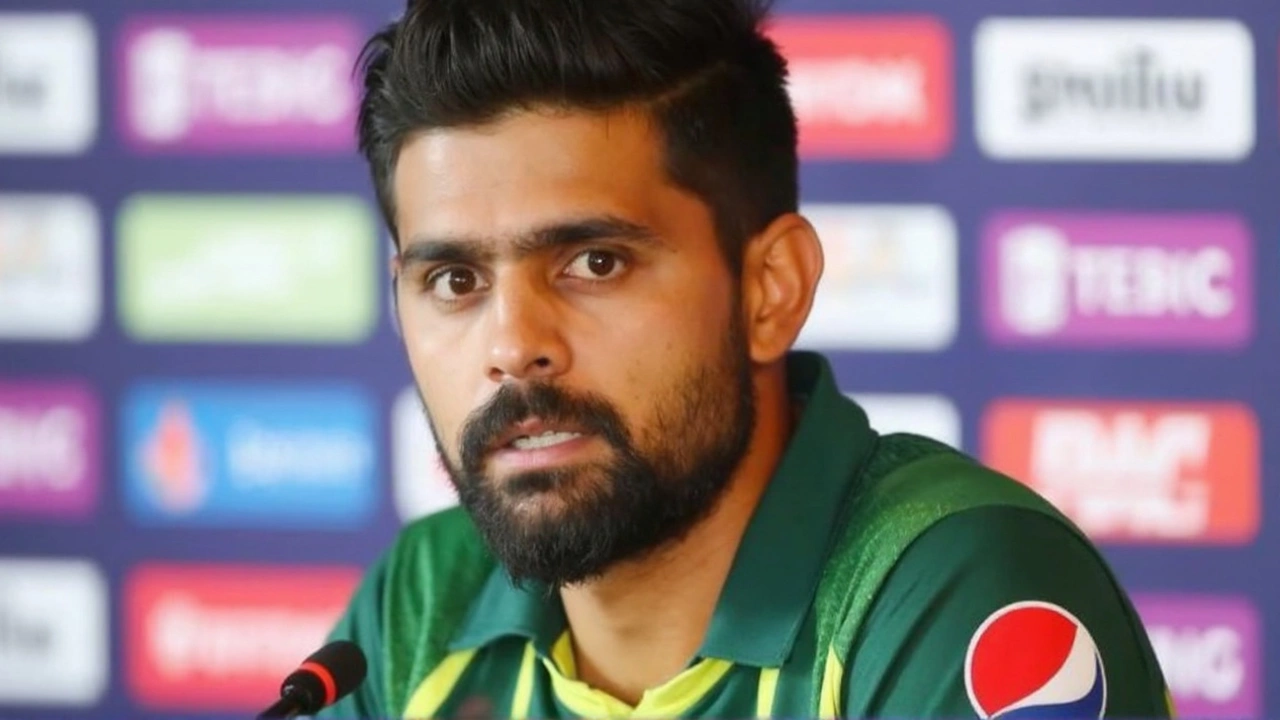Spin Bowling
When you hear spin bowling, think of a bowler turning the ball sharply to outfox a batsman. Spin Bowling, the art of delivering a cricket ball with rotational spin to create deviation off the pitch. Also known as spin, it relies on subtle wrist or finger action to generate movement.
Two main sub‑styles fall under this umbrella. Wrist Spin, uses the wrist to impart spin, producing a sharp turn and often a deceptive flight is favored by leg‑spinners, while Finger Spin, relies on the fingers to spin the ball, delivering a slower, more controlled turn is the domain of off‑spinners. Both styles demand a keen feel for the crease and a deep read of the surface.
Spin bowling encompasses wrist spin and finger spin, and it requires a good read of Pitch Conditions, the moisture, wear and grass on the playing surface that dictate how much the ball will turn. In the IPL, teams lean heavily on spin during the middle overs because a turning pitch can stall a high‑scoring chase. Fast bowling, the opposite discipline, often draws early wickets, but it’s the spin that can lock down the game when the ball ages. Batsmen who struggle against quality spin typically see lower strike rates, prompting captains to rotate their bowlers strategically.
Understanding these connections helps you spot why a leg‑spinner might dominate a match on a dry Bangalore wicket, while an off‑spinner thrives in humid Chennai evenings. The relationship between spin bowling, pitch conditions, and match strategy is a core thread that runs through many of our stories – from IPL comeback tales to international test analyses.
Below, you’ll find a hand‑picked collection of articles that dive deeper into spin tactics, player performances, and how the spin game shapes modern cricket. Keep reading to see real‑world examples, stats, and expert commentary that bring these concepts to life.
